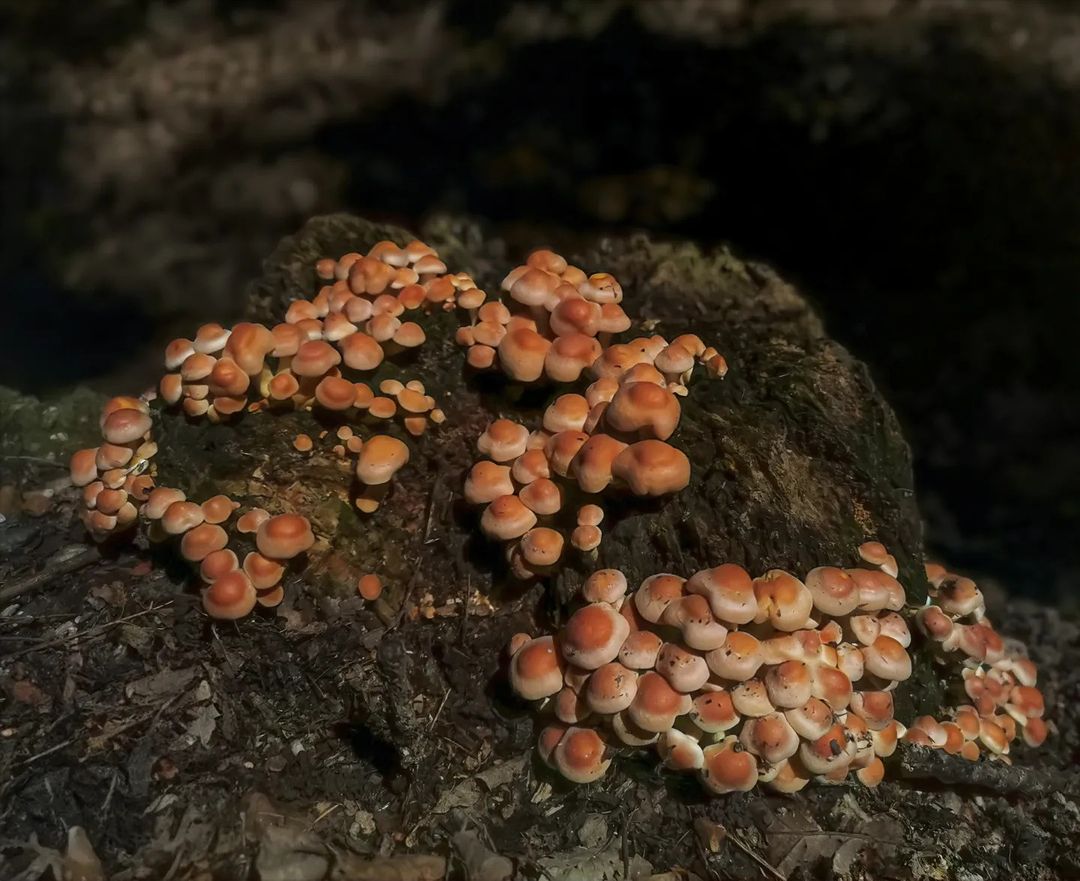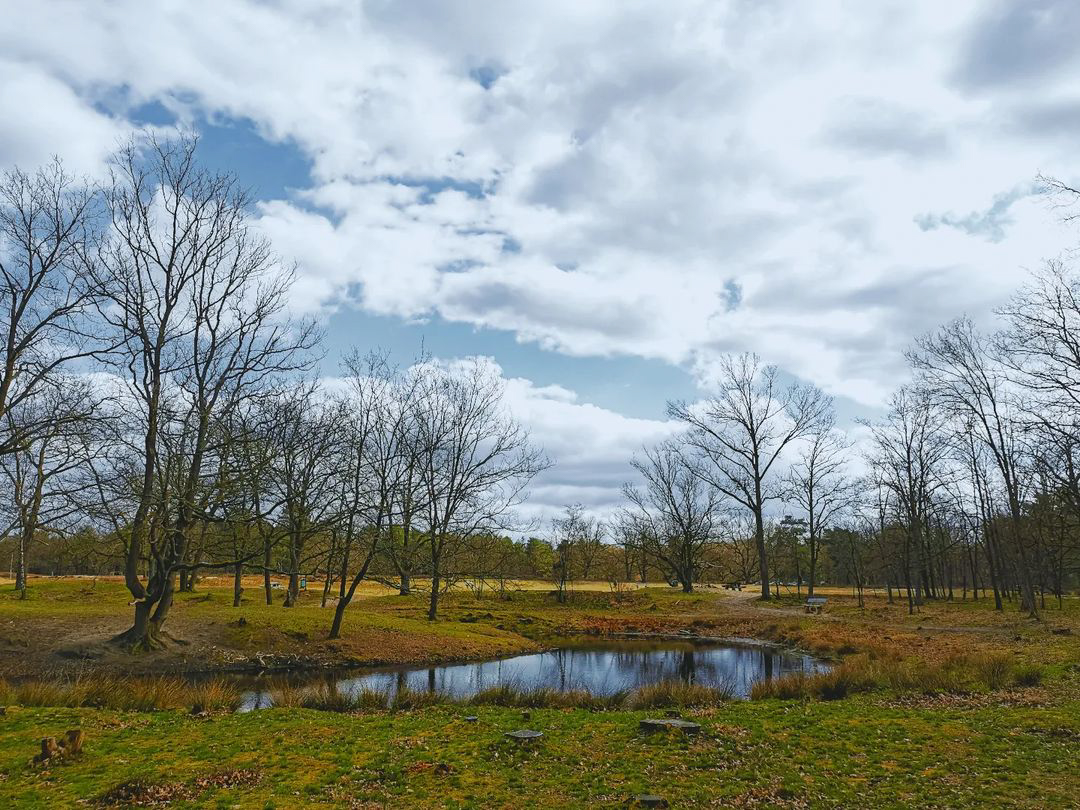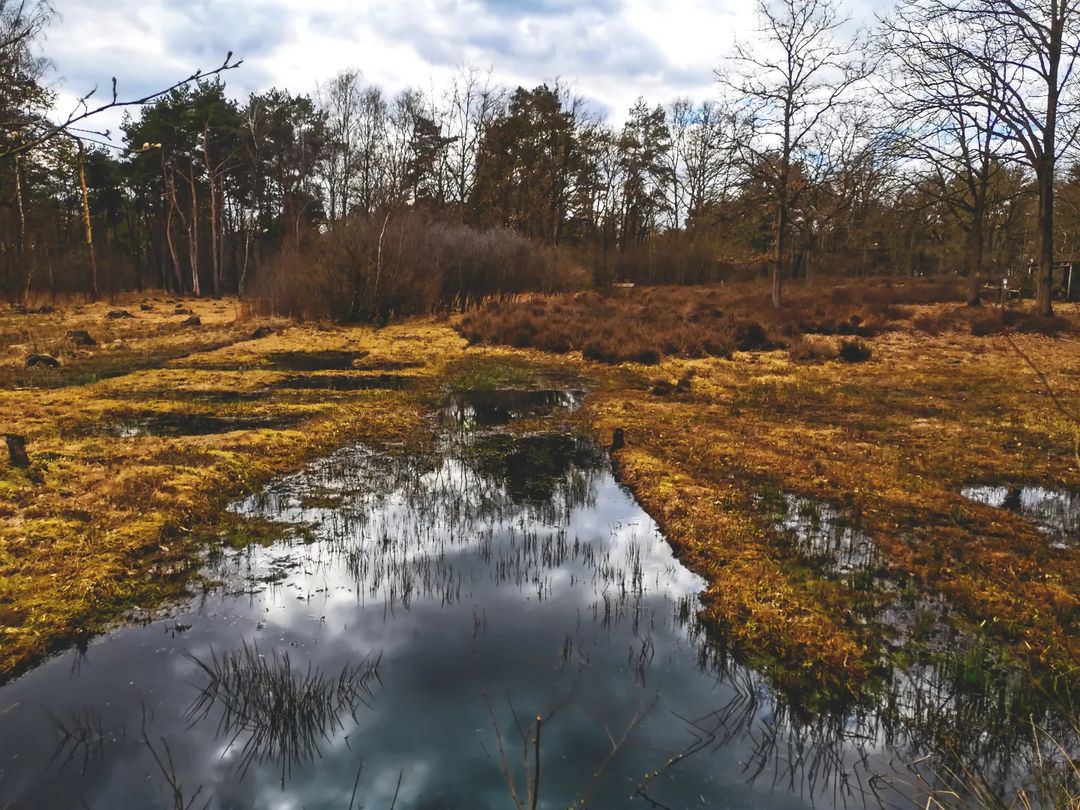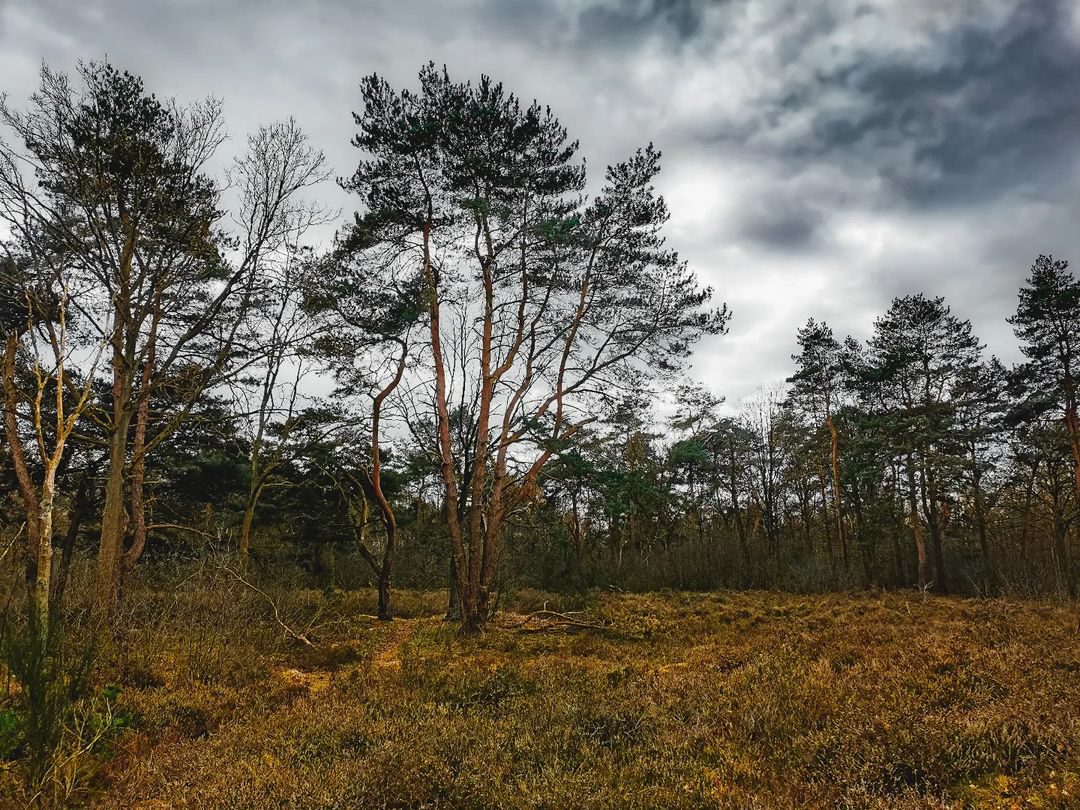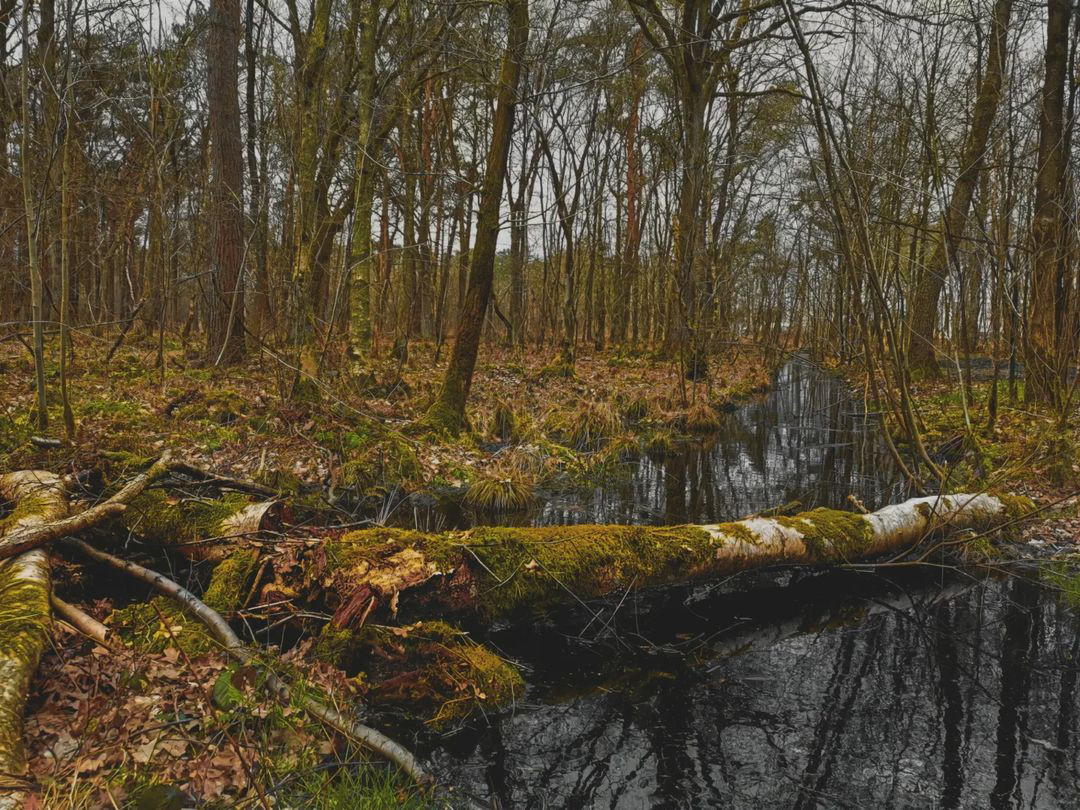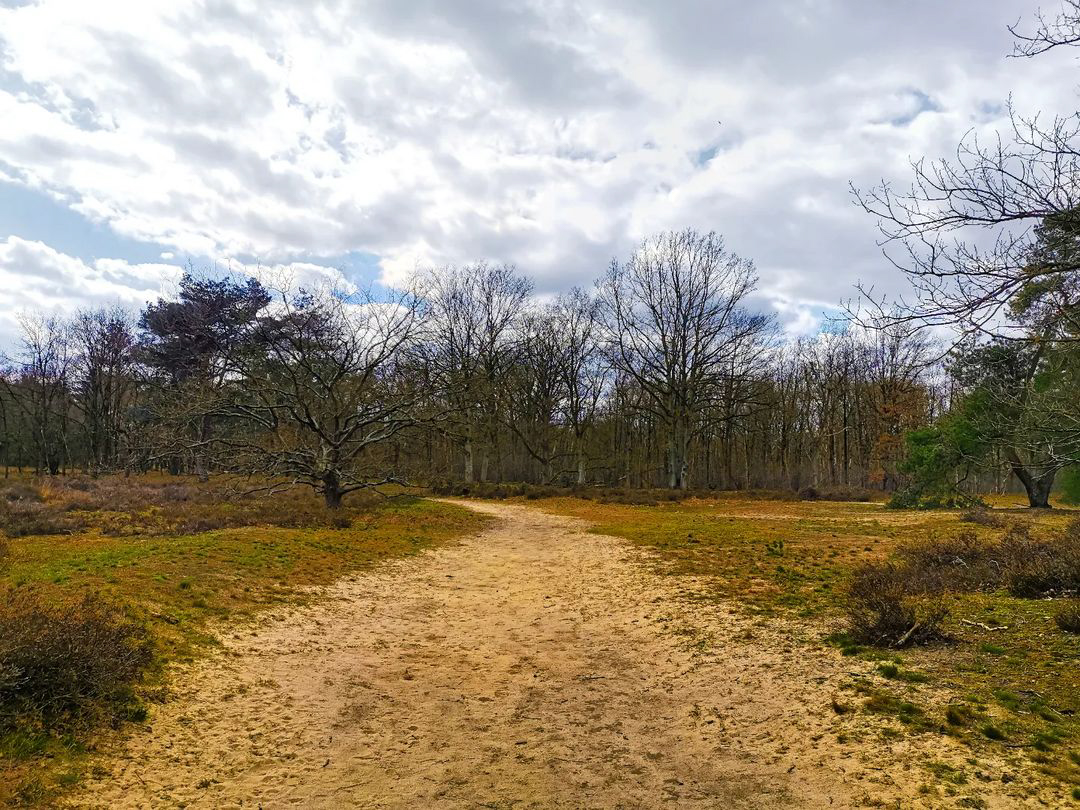Post #786:
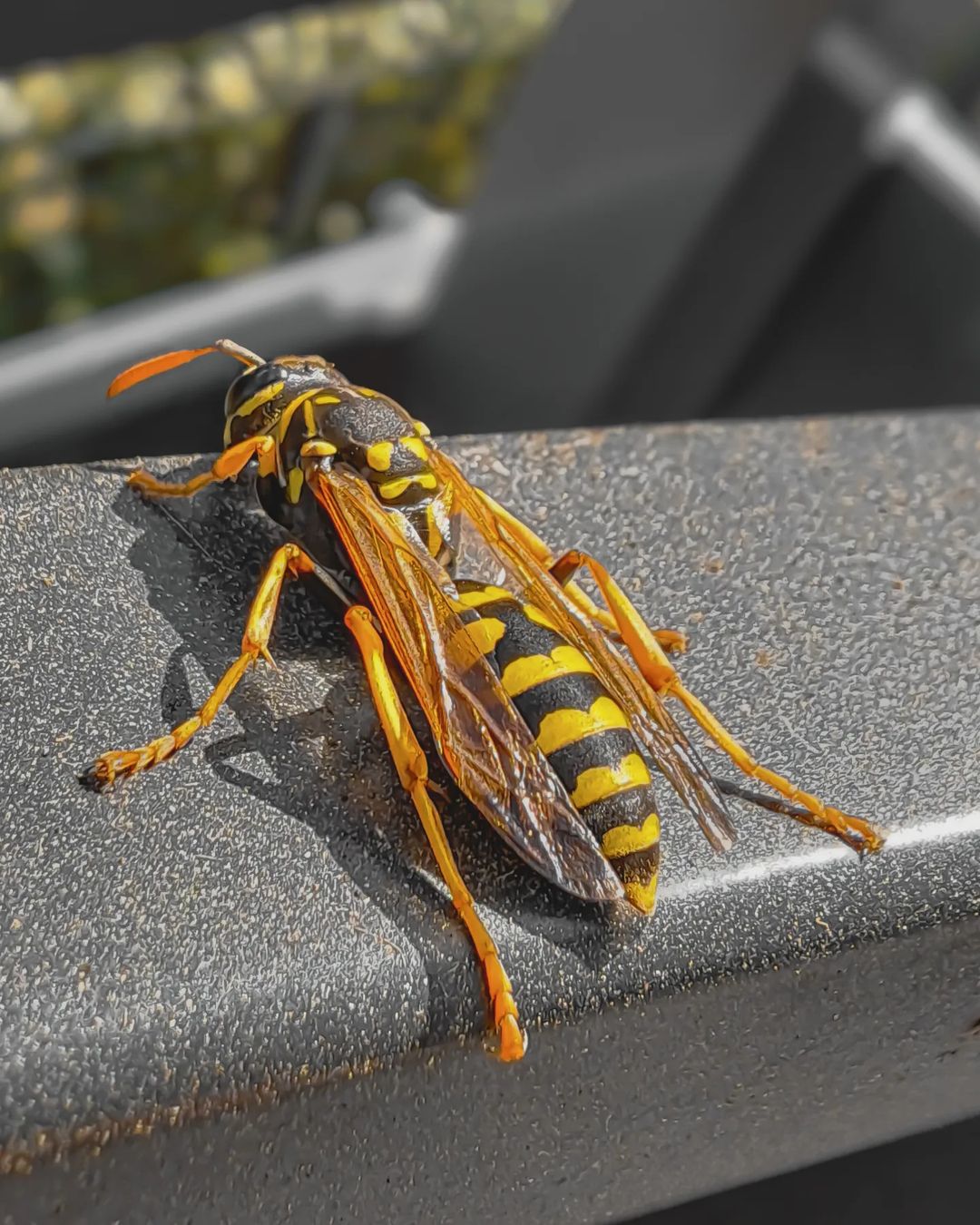
The European paper wasp (Polistes dominula) has a much calmer temperament than the common wasp. It has a wide range of hunting habits, including different insects and spiders. The European paper wasp is a social insect and absolutely worth learning more about its interesting behaviour. Originally native to Eurasia and North Africa, it has now spread to all continents, replacing native species there.
Species in this post: European paper wasp Polistes dominulaTopic: ➟ Insects
Details:
This post is part of the artistic performance The Happening on Instagram.
Further information about this art project Related post on InstagramCreator of this post is Frederic Hilpert
© File Usage Guidelines This post on megagroundsloth.de#wespe #polistes #feldwespe #paperwasp #biología #ecosystem #wasps #species #entomology #invertebrates #avispa #natur #insektenfreunde #naturgenießen #nützlinge #naturephotography #natural #wespen #🐝 #makrofotografie #tierarten #insektenfotografie #insekten #naturaleza #natureaddict #gartenbewohner #insecto #naturfreunde



